Dear Friends,
Be Well.
David
We Are the World: inviting everyone onboard the 100YSS
is practical and will help to ensure its success
The song was written predominantly by Michael Jackson,
with help from Lionel Ritchie, at the suggestion and with the production of
Quincy Jones. The process began as an idea of Harry Belafonte. (Credit: JET)
Dr. Martine Rothblatt suggests inviting the entire
world’s population on-board the 100YSS by uploading, at no cost, their mindfiles — a 1 TB (or less) digital
file of an individual’s mannerisms, personality, recollections, feelings,
beliefs, attitudes and values — into a central database that will be carried
onboard the starship. Presented at the 100 Year
Starship (100YSS) 2012 Public SymposiumSept. 13–16, 2012 in Houston.
In 1985 We Are the World, the first-ever
multi-platinum single, got tens of millions of people singing “There is
a choice we’re making; we’re saving our own lives.” [1]. These words
may never apply to a project more meaningfully than to the 100 Year Starship (100YSS), intended to “make the capability of
human travel beyond our solar system to another star a reality over the next
100 years.”.
Digital size of a person
Research from several groups show that a digital file
of a person’s mannerisms, personality, recollections, feelings, beliefs,
attitudes and values can be represented by less than one terabyte (1TB) of
structured information [2] [3] [4] [5]. This is because a limited number, n,
of human universals, m, yield millions of unique human combinations
via(n!)/(m!*(n-m)!).
Add to this a few gigabytes of unique memories and you
can account for the billions of diverse human mindsets, notwithstanding a very
modest toolkit of building block characteristics.
For example, a megabyte of information about one’s
daily experiences amounts to under 20 GB of information in 50 years. That daily
megabyte is adequate to handle all of one’s tweets, texts and emails plus some
compressed photos, audio and video. Combined with structured answers to
personality inventories [5] and socio-cultural contextual information, a TB is
ample space to provide a comprehensive digital reflection of your
consciousness, known as a “mindfile.” The vast majority of information we store
is redundant.
Websites exist that collect video streaming of an
individual’s daily interactions. While such video streams can rapidly exceed
many terabytes in volume, they far exceed the amount of information needed to
accurately reflect a person’s mannerisms, personality, recollections, feelings,
beliefs, attitudes and values. Advanced versions of pattern recognition
software will be able to abstract from such continuous digital records such
information as uniquely contributes to a mindfile. These pattern recognition
based-abstracts are unlikely to require more than a TB of storage, especially
when intelligently structured.
Digital size of all human mindfiles — the “Human
Sapienome”
Digital memory of approximately 1022 bytes,
the size of all human mindfiles in aggregate, what should be called the human
“sapienome,” will be available within 20 years at less than 1% of the likely
weight and cost of the 100 YSS. Ten billion people, times
one trillion bytes, yields 1022 bytes.
Daedalus starship (credit: David Hardy)
The Project Daedelus starship, either in its original
British Interplanetary Society version or in subsequent self-replicating
conceptualizations, had a payload mass of on the order of 500 tons [6]. Orion
Starship designs of Freeman Dyson had estimated costs ranging from a tenth 10%
to 100% of 1968 US GNP [7].
The past five decades of relatively steady, 18-month
doubling rates in constant cost for digital memory is not expected to change
over the coming decades, due to economic demand, competition and the
availability of three-dimensional traditional and novel computing substrates
[8].
Hence, by exponential growth, today’s terabyte of
memory will become a giga-terabyte of memory in 45 years. Ten such
memory modules would hold a ten billion person human sapienome at that time.
Alternatively, a few thousand mega-terabyte modules could contain
the human sapienome about 30 years from now.
A terabyte today costs around $100 and weighs about
0.5 kg. These numbers are not significantly different from lesser amounts of
memory in years past, and are considered by Ray Kurzweil to remain constant or
shrink with exponential growth [8]. Hence, 45 years from now, the mass and cost
of the human sapienome on a 100YSS would be insignificant. Even 30 years from
now, the mass would be a few thousand pounds and the cost about $1 million.
This represents less than 1% of the mass and cost of the starship.
Lifenaut members (credit: LifeNaut)
Universal access to information technology needed to
create a mindfile is at hand. Already three-fourths of the world’s population
has a mobile phone, about one-fourth of which are smartphones capable of full
mindfile creation capabilities.
Specialized websites to create mindfiles, such asLifeNaut.com and CyBeRev.org, as well as more generic websites that can also be
used to create mindfiles, such as Google+ and Facebook, are free to the public.
Virtually every human being will be able to freely
create a mindfile, as smartphone ownership becomes all-but universal over the
next decade (with shared access to one for individuals in deep poverty). Hence,
there are neither economic nor technological barriers to the creation of a
human sapienome.
(Credit: CyBeRev.org)
Activation of mindfiles with consciousness operating
system software, or “mindware”
It may well be feasible to activate the individual
mindfiles within the sapienome with consciousness operating system software,
known as “mindware.” This would enable all participating members of the human
race to be digitally present, via software agent extensions of themselves, and
interfaced with sensors upon arrival at the 100 YSS destination.
However, even if such mindware activation is not
possible, the entire human race can still be conceptually — and in a sense
spiritually and philosophically — “present” at the interstellar destination by
virtue of their mindfiles being present onboard the starship.
As noted above, dozens (n) of mannerism, personality
and feeling types (m) yield many thousands of unique human combinations via
(n!)/(m!*(n-m)!).
Once you add to these thousands of personality and
worldview templates differential recollections, beliefs, attitudes and values
(within the terabyte of mindfile information), there are many billions of
unique possible combinations of human psyches, one of which will be a
best-match for digitally stored mindfiles of each 100YSS participating
biological person.
Mindware best fits one of the “m” compound mannerisms,
personality and feeling types to that analyzed from stored mindfiles, and then
populates it with the recollections, beliefs, attitudes and values evident from
that stored mindfile. These combinations and correlations can be accomplished
with software that needs be nowhere near the complexity of synaptic
connectivity of the human brain, and yet still appears as true to the original
person as to persuade others, and their digital self, that the same personal
identity is present, albeit via a digital extension.
In the last century people became accustomed to the
notion that electro-acoustic waves via telephony represented a biological
original person. In the coming century, an analogous association is likely with
digital simulacra of unique conscious minds.
Downloading into bodies… WOW (credit: Twentieth
Century Fox)
To be clear, it is not expected that all of the code
for a person’s patterns of mindedness would be line-by-line coded. Instead, the
mindware, or mind operating system, will be learning software [9].
It will designed to seek out and adopt or “auto-tune”
to idiosyncratic data and patterns in each participant’s mindfile in accordance
with fundamental pre-programmed universal patterns of human thought and
socio-economically specific cultural knowledge.
Iterative internal quality assurance cycles will
result in revisions until a stopping point is reached based on matches to
pre-set parameters between the learned software-mind and all material elements
of its biological precursor as reflected in the mindfile.
Cyberconsciousness can be OK, says Martine Rothblatt’s
avatar in Second Life (credit: Martine Rothblatt)
Self-awareness functionality will be activated once
cyberconsciousness health and safety checks are complete.
Digital environments such as future iterations ofSecond
Life will accommodate the social needs of digitally conscious humans.
Growth rates in software sophistication, even if less
impressive than hardware efficiency, are nevertheless impressively compounding
[10]. While it is not expected that such mindware will be available prior to
the launch of the 100YSS, it could be transmitted to the starship in a series
of software updates, gradually awakening ever more of the mindfiles, in
accordance with their informed consent, as expressed upon participation in the
Human Sapienome Project.
Socioeconomic research on project ownership
Socioeconomic research is presented in the paper
showing that a sense of personal ownership in a project is a
major element in determining the support of an individual or a group for the
costs of a project. Hence, the We Are the World sub-project
helps to enhance the size and durability of public funding for the 100 YSS.
En-route software updates at the speed of light
(credit: NASA)
Participatory development has been shown to enhance
project success, provided that individuals have a meaningful opportunity to
engage with a project that may be of benefit to them [11] [12]. For example,
merely completing an informational questionnaire about blood donation increased
the rate of blood donation from under 1% to over 85% among a sample of college
students in India [13] There is a robust literature demonstrating increased
citizen willingness to pay taxes for which the citizens have meaningfully
participated in the tax budgeting process [14].
It is not obvious how the lay public can participate
meaningfully in the highly complex undertaking of an interstellar starship.
Yet, due to the very high cost of the venture, and its long duration, public
support is essential.
The solution to this dilemma can be found in the field
of participatory project development and ownership. By giving the public a feel
that they “own” the 100YSS project, the socioeconomic research cited above, and
many concordant studies, strongly indicates the public will be much more
willing, and for a much longer period of time, to support 100YSS costs from
public treasuries.
Human Sapienome Project, complement to the 100YSS
(credit: Photo Wall)
This paper proposes giving the public ownership of the
100YSS via a “We Are the World” human sapienome project. It
will be explained to the public that a grass-roots organization called “We
Are the World” has been formed to help transcend war and conflict by
collecting the life experiences of every human willing to participate into a
massive database similar to Facebook and Google+, but not-for-profit.
The project helps to transcend war and conflict
because the database’s social networking features will enable everyone to
better experience the perspectives of diverse peoples they may not meet
face-to-face. The project will also help to transcend war and conflict by
opening itself to social scientists who may study the database — which will
scientifically be known as the Human Sapienome Project — for
insights into how to better organize societies for harmonious cooperation.
Finally, the project has a quantitative goal — to
include the mindfiles of 10 billion human beings, living or passed, and to
store them as the real passengers, on an interstellar starship, within 100
years. The We Are the World Project is at once a scientific
project, a participatory development project and an ark project, depending upon
one’s perspective.
Human Sapienome Project and its freemium potential to
help support the 100YSS (credit: Martine Rothblatt)
We Are the World as a 100YSS freemium venture
The We Are the World structure will
serve as a platform for “freemium” offerings that in many other endeavors have
shown significant abilities to generate revenue. Some of the wide variety of
income opportunities that arise from the 100 YSS unique hosting of what could
be one of the largest databases of individual psycho-social information are:
- Individuals
choosing to pay for digital and database functionality beyond the hosting
of their mindfile and the ability to interact with other mindfiles;
- Organizations
willing to pay for anonymous but demographically tagged information from
participants in the Human Sapienome Project;
- Sponsorship
fees from organizations that wish to be known as sponsors of the Human
Sapienome Project or the We Are the World website;
- Licensing
fees from software, firmware and hardware advancements that emanate from
the development and growth of the We Are the World and Human Sapienome
Projects.
The intrinsic freemium and extrinsic negotiated
revenues that flow from these projects will go to supporting the long-term
costs of the 100YSS organization. A special focus of these revenues should be
an unceasing education and outreach effort to achieve the quantitative goal of
10 billion mindfiles within 100 years safely stored onboard an interstellar
starship. In this way, the project becomes a self-fulfilling prophecy.
As ever more people deposit mindfiles with what is
known as either the Human Sapienome Project or the We
Are the World Project, they are in a very real sense voting with their
digital souls for the success of a 100YSS. This will help to give the project
greater momentum during a century-long design and build period, plus the
interstellar transit period that follows.
Every individual can feel a sense of ownership because
their digital self will be on board the starship. Furthermore, there is a
realistic hope that with a century of software development, that digital self
will be able to actually experience the thrill of taking footsteps amidst the
stars.
References
1. Jet, April 8, 1985 pp 60-64. The song was written
predominantly by Michael Jackson, with help from Lionel Ritchie, at the
suggestion and with the production of Quincy Jones. The process began as an
idea of Harry Belafonte.
2. Brown, D., “Human Universals,” McGraw Hill, New
York NY, 1991.
3. Costa, P.T. and McCrae, R. R., “Personality In
Adulthood,” Guildford Press, New York NY, 1990.
4. Landauer, T., “How much do people remember? Some
estimates of the quantity of learned information in long-term memory,”
Cognitive Science 10, 4 (1986) pp. 477-493.
5. Bainbridge, W., “Massive Questionnaires for
Personality Capture,” Social Science Computer Review 21, 3 (2003) pp. 267-280.
6. Grant, T.J. 1978 “Project Daedalus: An Engineering
Assessment,” Journal of the British Interplanetary Society Supplement, S180,
S187 (1978)
7. Dyson, F., “Interstellar Transport,” Physics Today,
October 1968, pp. 41-45
8. Kurzweil, R., “The Singularity Is Near: When Humans
Transcend Biology,” Viking, New York NY, 2005, pp. 75-77
9. Bock, P., “The Emergence of Artificial Cognition:
An Introduction to Collective Learning,” World Scientific, New Jersey, 1993 p.
52.
10. Vinge, V., “Signs of the Singularity,” IEEE
Spectrum 45, 6 (2008) pp. 77-79.
11. Sen, A., “Rationality and Freedom”, Harvard
Belknap Press, Cambridge MA, 2002.
12. Sen, A., “Development as Freedom,” Oxford
University Press, Oxford UK, 1999.
13. Bharatwaj, R.S. , “A Descriptive Study of
Knowledge, Attitude and Practice with Regard To Voluntary Blood Donation Among
Medical Undergraduate Students In Pondicherry, India,” Journal of Clinical and
Diagnostic Research 6, 602-604.
14. Ebdon, C., “Citizen Participation in Budgeting
Theory,” Public Administration Review, May/June 2006.
RELATED:
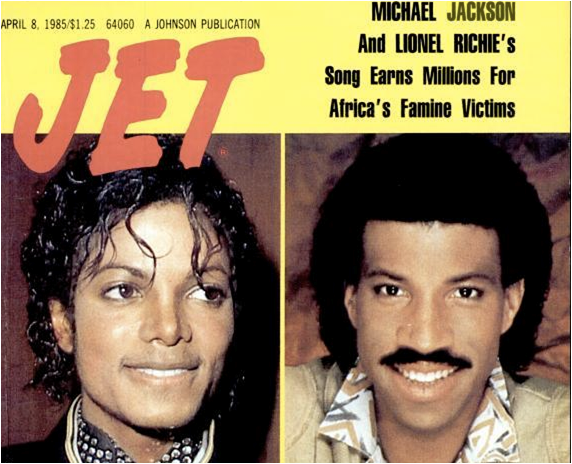
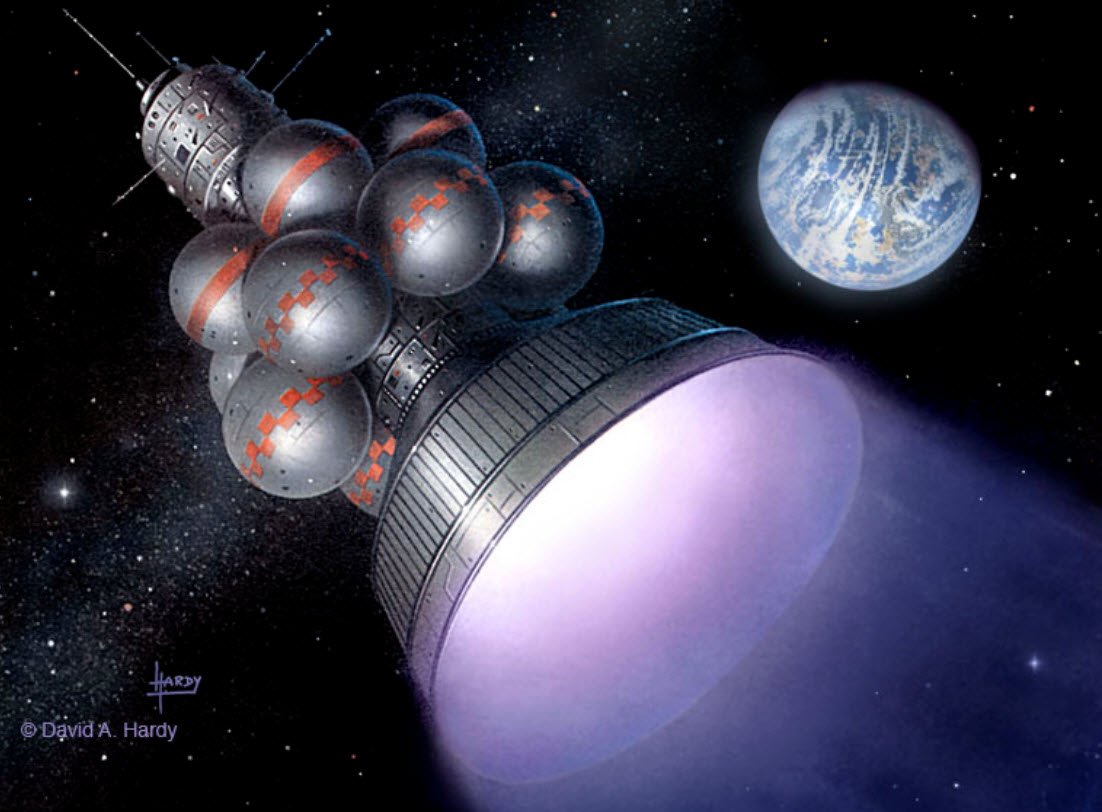
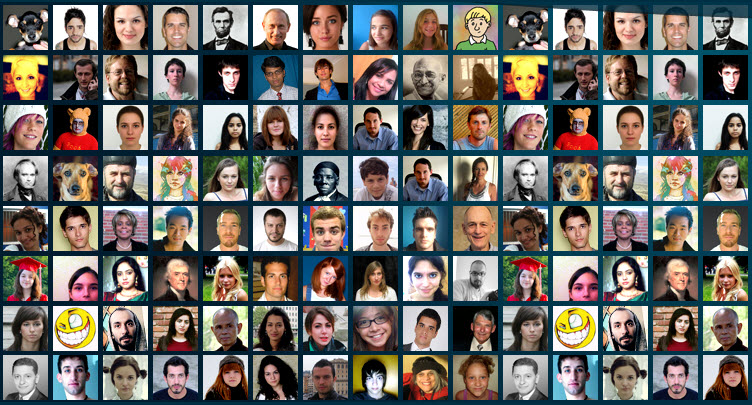
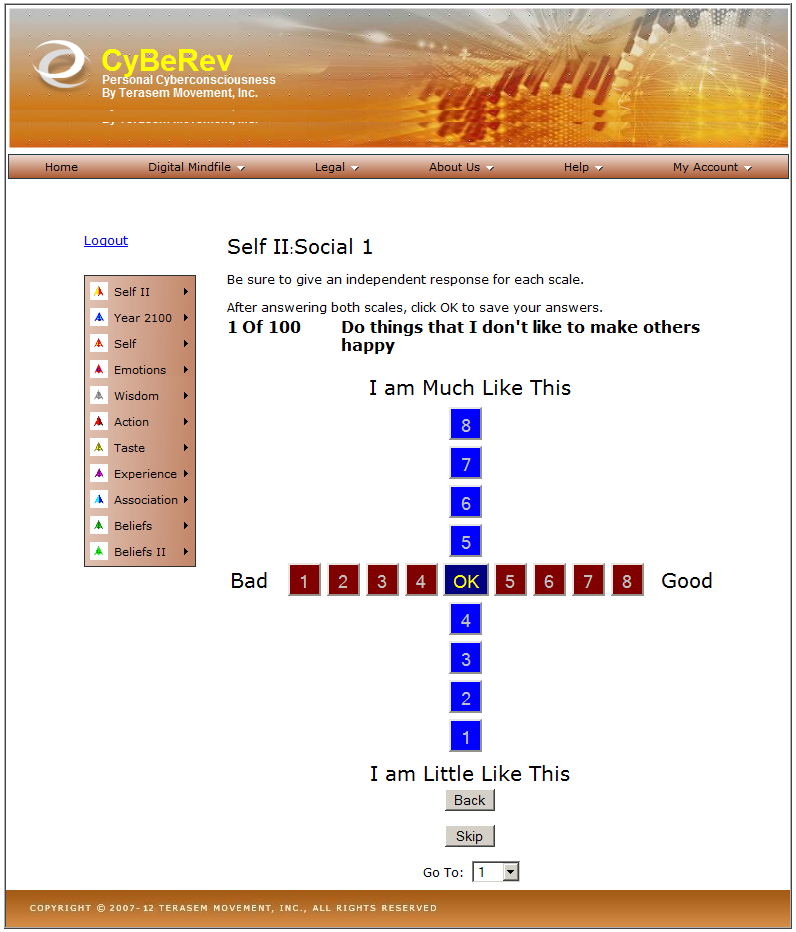
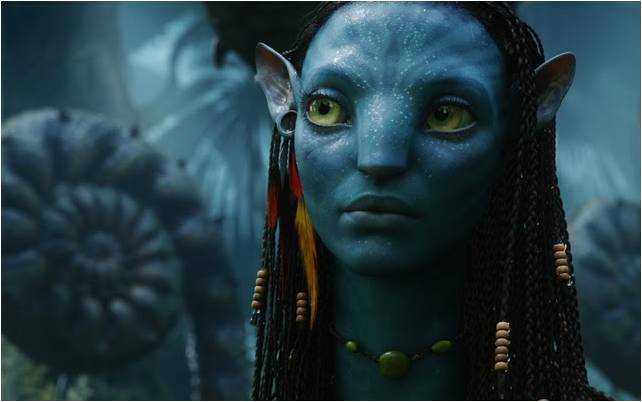
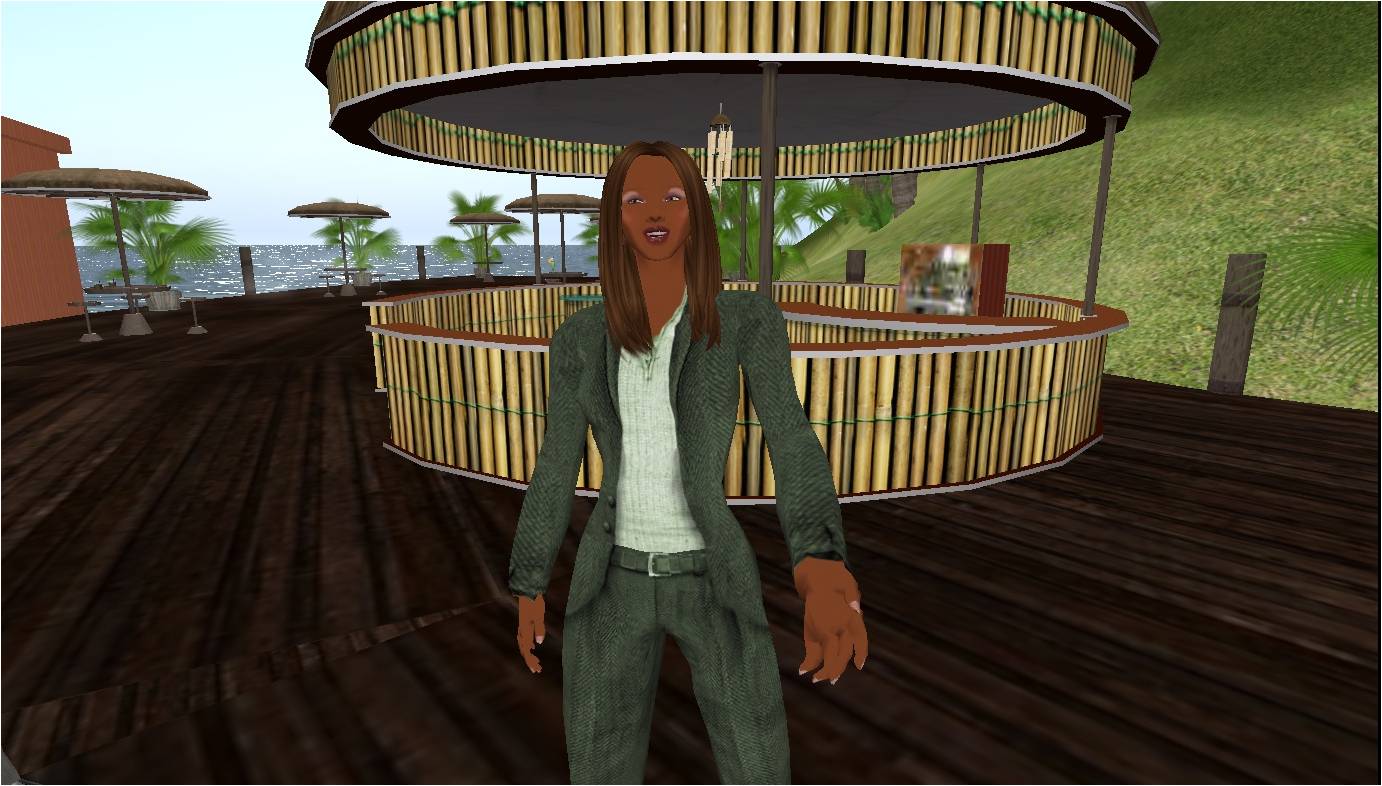
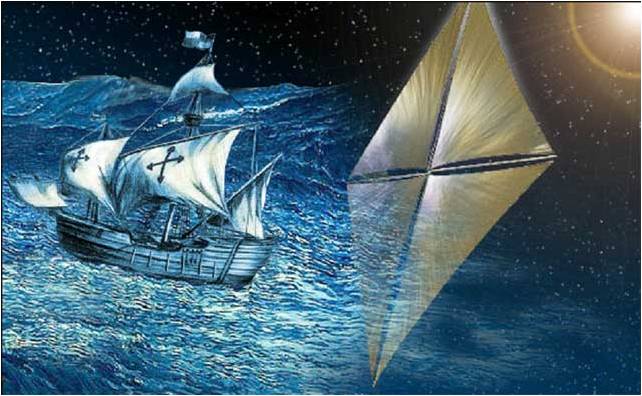
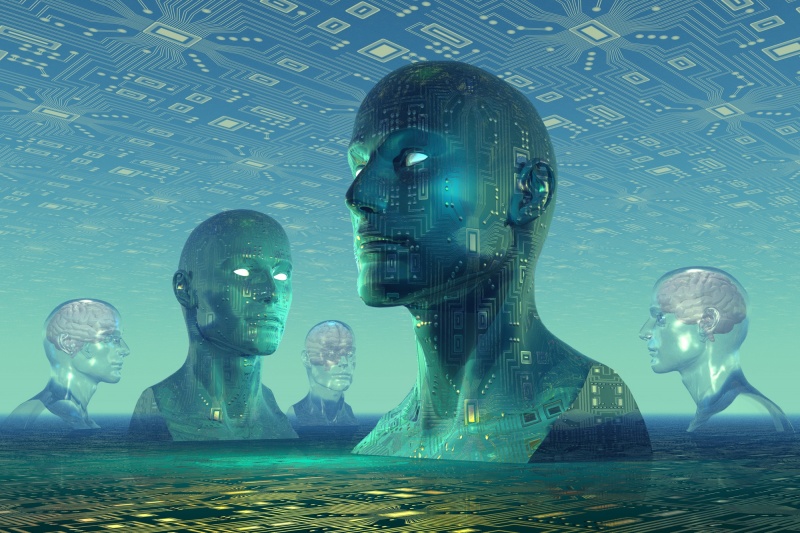
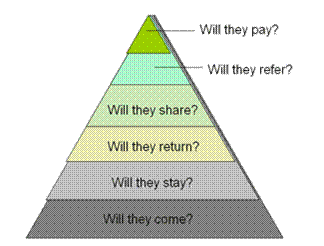





No comments:
Post a Comment